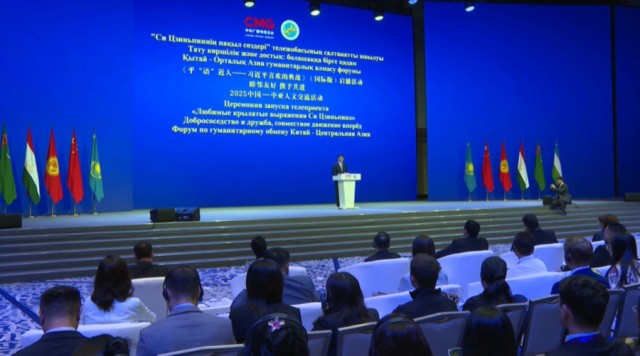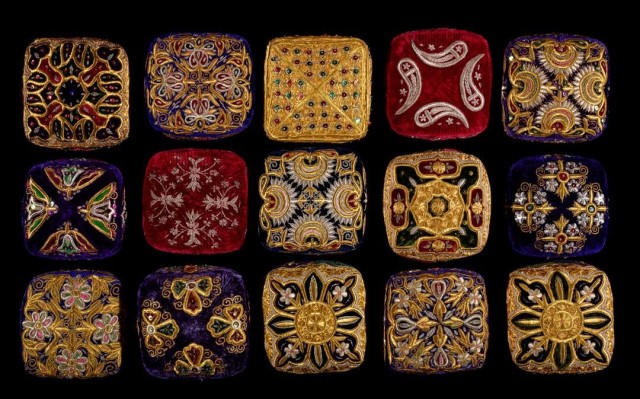
An iron sword with a chalcedony pommel, decorated with a
golden disc and encrusted with stones, was showcased in Astana. This artifact
was discovered in a burial site near Aktobe in 2018. It is believed to have
belonged to a man who, judging by the findings, likely held a high status
during the Hunnic era - possibly a tribal or clan leader. Other valuable
artifacts were also brought to the exhibition in the Kazakh capital. The
display includes tools, household items, arrowheads, jewelry, and pottery,
covering a period from the Stone Age to the Golden Horde era.
«The centerpiece of our exhibition is a recreated
reconstruction of the ruler of the Western Turkic Khaganate. The image of the
ruler seated on his throne was recreated based on a belt buckle found in the
Eleke Sazy complex, which belonged to the khagan. The buckle itself bore an
image of the khagan. An ethnographer meticulously replicated every detail of the
artifact,» noted Azilkhan Tazhekeyev, director of the Astana branch of the Institute
of Archaeology.
Historians say that newly discovered artifacts offer a new
perspective on the ancient history of Kazakhstan and prompt a complete reevaluation.
Take, for example, the inscriptions that have provided historians with valuable
insights into the lives of the Kangyu people. These tribes inhabited the
territory of present-day southern Kazakhstan for several centuries. Their state
is considered one of the least studied.
«A unique inscription on ceramic brick tablets was found at
the Kultobe settlement. Currently, about forty fragments of this inscription
are known, totalling more than 1,700 characters and 86 or 87 lines. It provides
fascinating information, especially because the Kangyu people wrote about
themselves. In terms of the format of writing - that is, on ceramic brick
tablets - we have joined the ranks of the great civilizations of the world,» said
PhD holder in History and archaeologist Alexander Podushkin.








